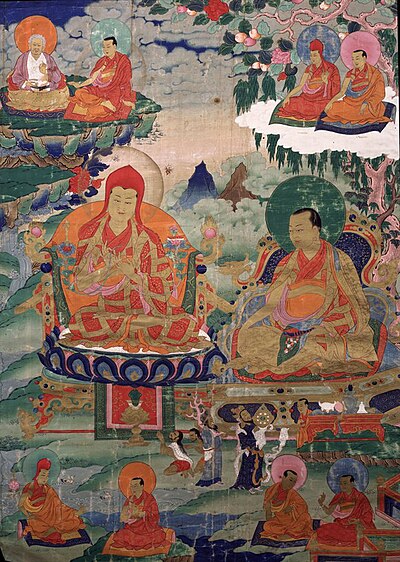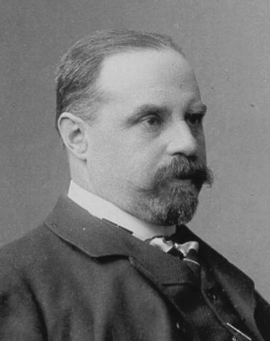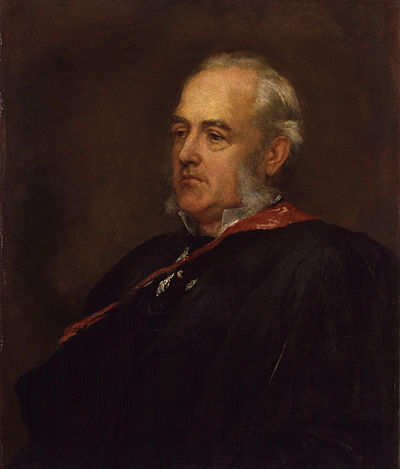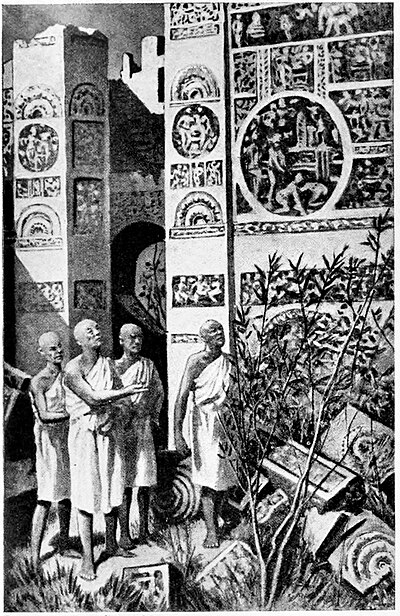Vajrayān, along with Mantrayāna, Guhyamantrayāna, Tantrayāna, Secret Mantra, Tantric Buddhism, and Esoteric Buddhism, are names referring to Buddhist traditions associated with Tantra and "Secret Mantra", which developed in the medieval Indian subcontinent and spread to Tibet, Nepal, other Himalayan states, East Asia, and Mongolia.
Vajrayāna practices are connected to specific lineages in Buddhism, through the teachings of lineage holders. Others might generally refer to texts as the Buddhist Tantras. It includes practices that make use of mantras, dharanis, mudras, mandalas and the visualization of deities and Buddhas. Traditional Vajrayāna sources say that the tantras and the lineage of Vajrayāna were taught by Śākyamuni Buddha and other figures such as the bodhisattva Vajrapani and Padmasambhava. Contemporary historians of Buddhist studies meanwhile argue that this movement dates to the tantric era of medieval India (c. 5th century CE onwards).
According to Vajrayāna scriptures, the term Vajrayāna refers to one of three vehicles or routes to enlightenment, the other two being the Śrāvakayāna (also known pejoratively as the Hīnayāna) and Mahāyāna (a.k.a Pāramitāyāna). There are several Buddhist tantric traditions that are currently practiced, including Tibetan Buddhism, Chinese Esoteric Buddhism, Shingon Buddhism and Newar Buddhism.
































